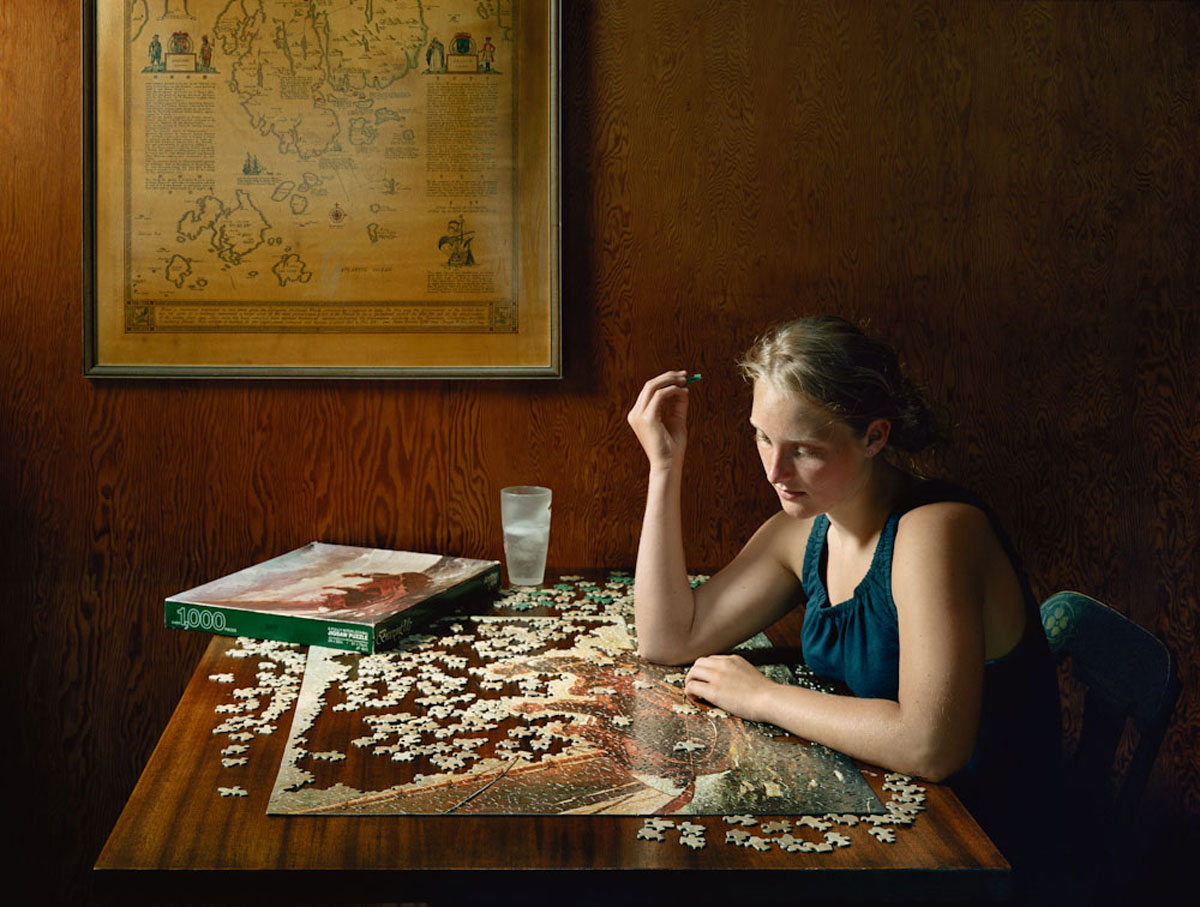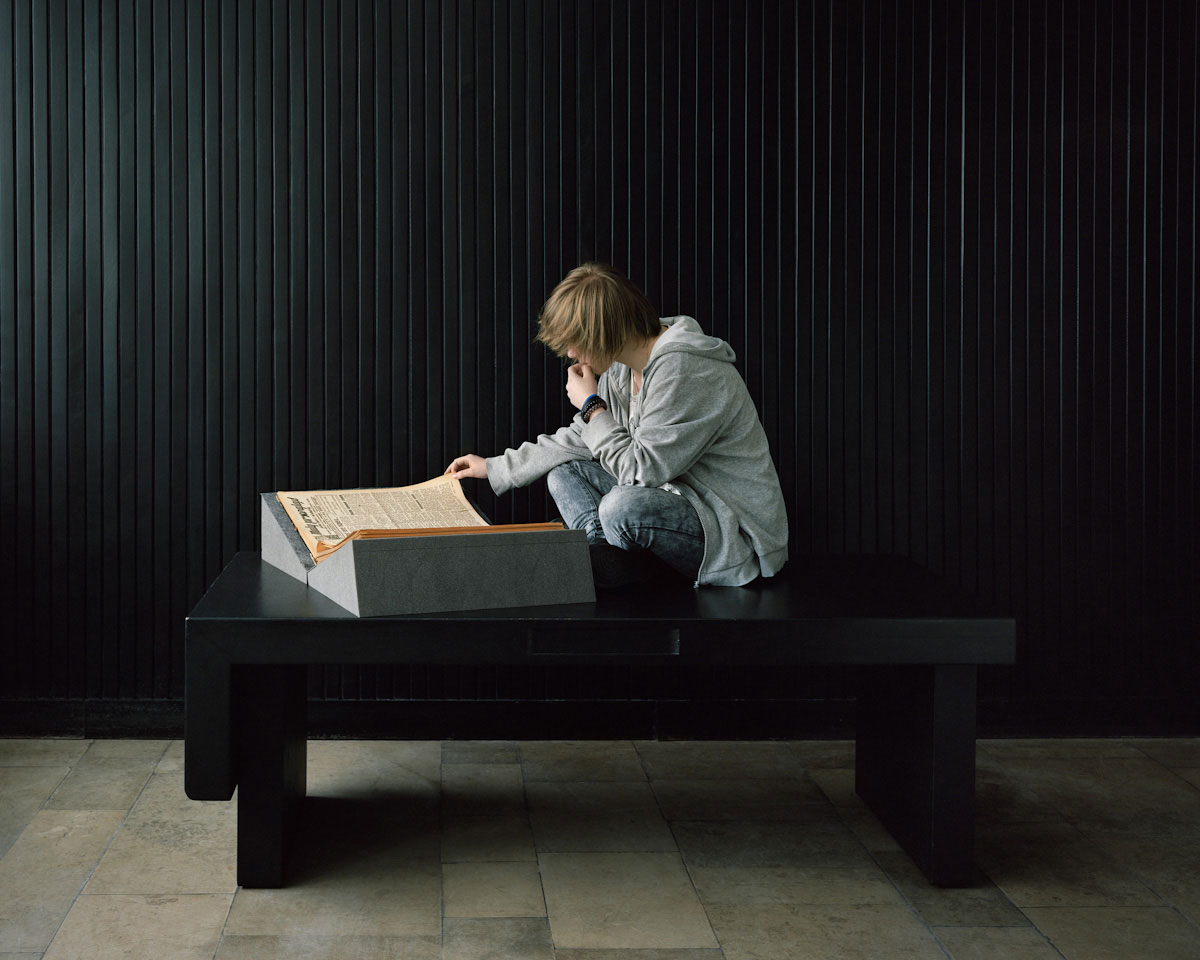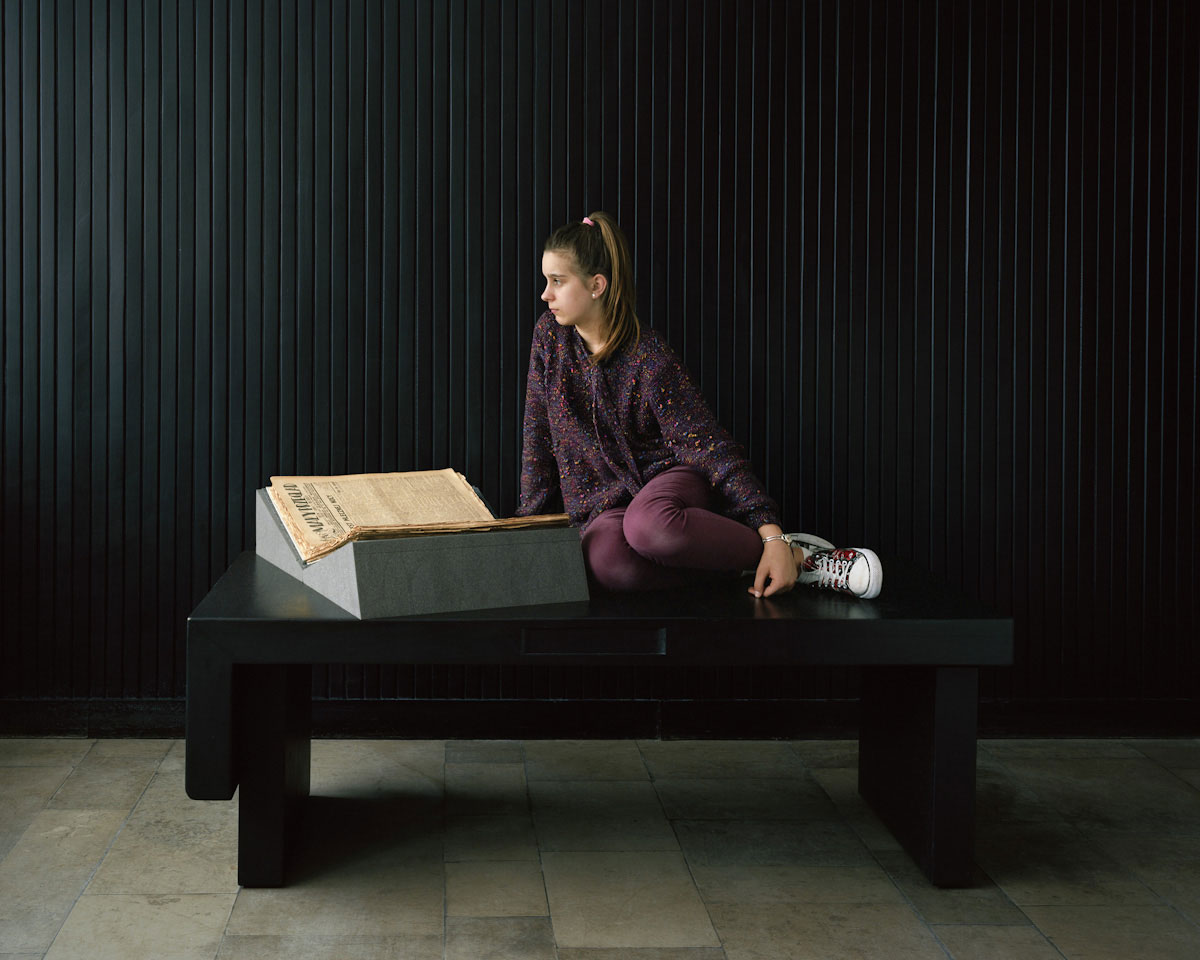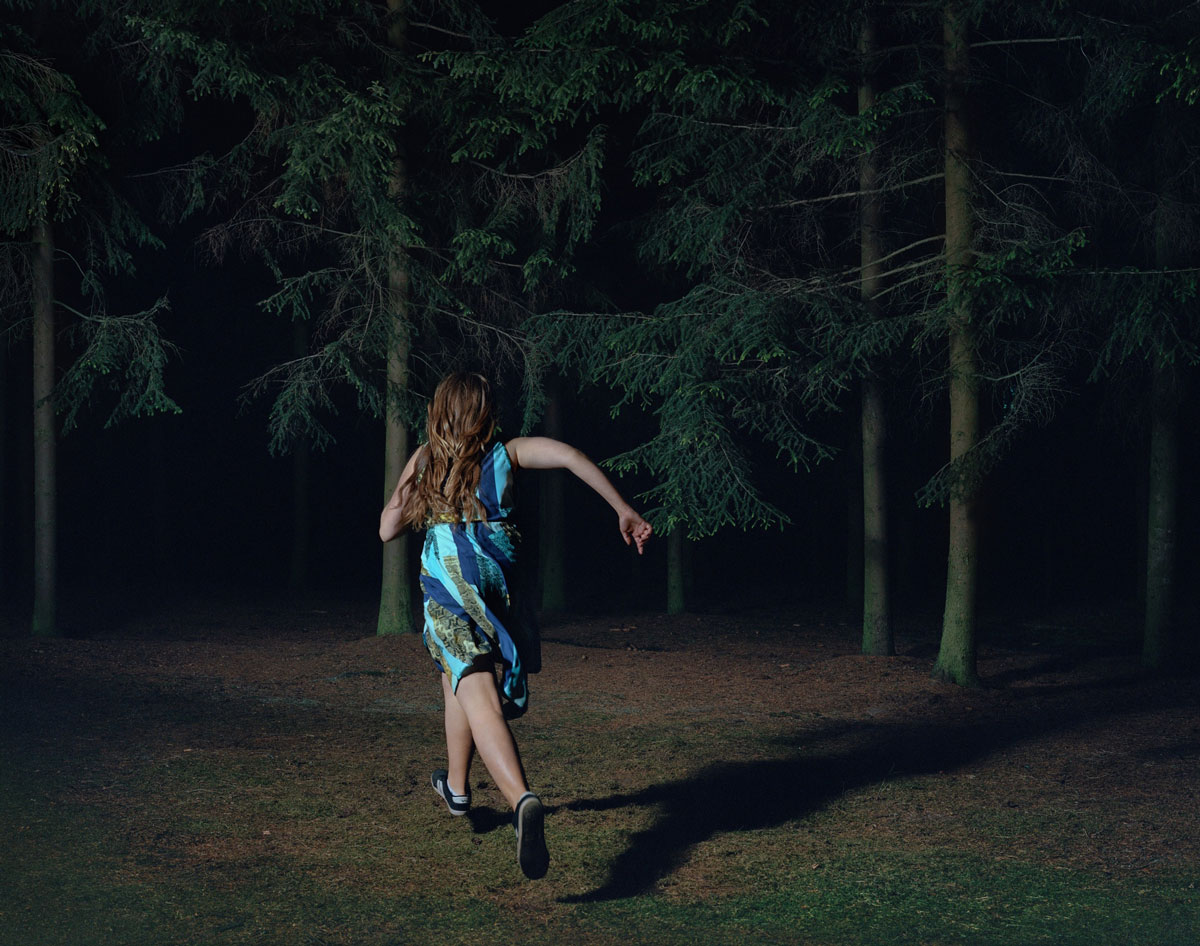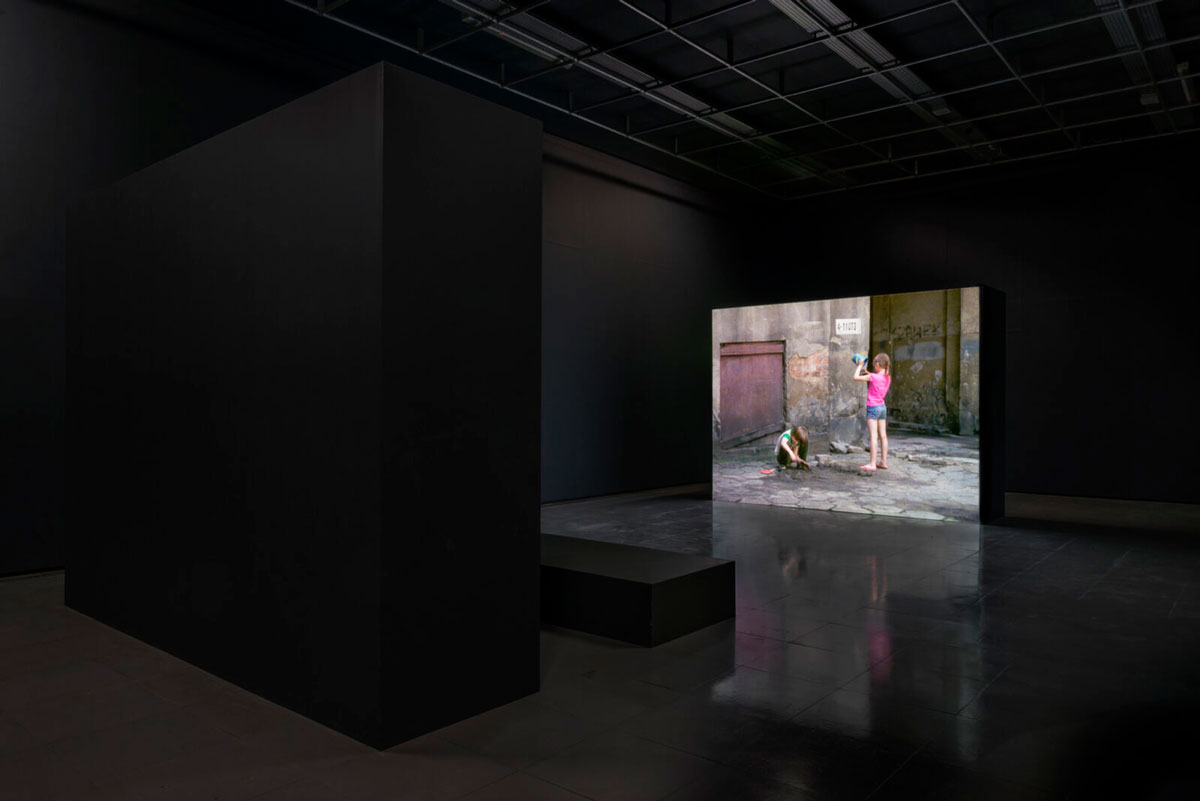ART-PRESENTATION: Sharon Lockhart-Perilous Life
 Over the last 20 years, Sharon Lockhart has worked with individuals and groups to make still and moving images that are both visually compelling and socially engaged. In collaborations that sometimes unfold over the span of years, Lockhart works with her subjects to understand aspects of their lives while sharing with them the images and histories that join them. Ultimately creating films and photographs that embody a common creative experience, Lockhart and her subjects develop works through an organic process that integrates research and personal interaction. Recently she has focused her practice on young people, investigating issues of pedagogy as well as children’s agency, autonomy, rights, and their individual voices.
Over the last 20 years, Sharon Lockhart has worked with individuals and groups to make still and moving images that are both visually compelling and socially engaged. In collaborations that sometimes unfold over the span of years, Lockhart works with her subjects to understand aspects of their lives while sharing with them the images and histories that join them. Ultimately creating films and photographs that embody a common creative experience, Lockhart and her subjects develop works through an organic process that integrates research and personal interaction. Recently she has focused her practice on young people, investigating issues of pedagogy as well as children’s agency, autonomy, rights, and their individual voices.
By Efi Michalarou
Photo: Baltimore Museum of Art archive
Sharon Lockhart’s exhibition “Perilous Life” features film, photography, and sculpture that bookend her 10-year engagement with a group of children in Poland. The film “Podwórka” (2009) marks Lockhart’s first encounter with the Polish landscape and the children who inhabit it. “Podwórka” (2009) takes the ubiquitous courtyards (Podwórka) in the Polish city of Łódź as a structural motif. Lockhart filmed groups of children as they effortlessly invent their own spaces of play within the existing architecture. During this process, she befriended Milena, who would become a key figure in her life and who would inspire a series of other recent works. Lockhart has visited her on several occasions since 2009, taking her on holidays to Jarosław, Kraków and the beaches of Dębki. The artist’s time in Poland has also led to extensive research on the history of children’s rights and on the influential pedagogue Janusz Korczak. For her new film, commissioned by Liverpool Biennial and FACT, Lockhart returned to Poland to work with Milena and a group of twelve adolescent girls from the Youth Center for Sociotherapy, an orphanage in the town of Rudzienko. On a nearby farm, through a series of workshops led by educator and philosopher Bartosz Przybył-Orłowski, the group developed exercises and activities designed to empower the authority of their own voice and perspective on the world. Milena moved from adolescence to adulthood, she remained close with the artist. Made a decade after the two first met in the courtyards of Łódź, the elegiac photographic still life portrait “Milena” (2020) and the bronze sculpture “Untitled (Siblings)” (2020) pay homage to Milena in the wake of her passing, denoting both the passage and the fixing of time. Perilous Life captures the enduring power of love and the fragility of life.
Sharon Lockhart was born in Norwood, Massachusetts, in 1964. She received a BFA from the San Francisco Art Institute in 1991 and holds an MFA from the Art Center College of Design, Pasadena (1993). Lockhart is associate professor at the Roski School of Art and Design, University of Southern California, Los Angeles. Lockhart’s early work displays the artist’s interest in pinpointing the salient intersections of cinema and photography by capturing stills of events that are often associated with film and theater. For example, “Auditions” a series of photographs from 1994, freezes the intimate and awkward interactions of adolescent couples kissing during an audition directed by the artist. Early in her career, Lockhart identified film as a medium through which she could explore the quiet and unremarkable. The meticulous yet quasi-formulaic construction of Lockhart’s films, characterized by rigorous stillness or minimal movement of the camera, often feature people, spaces, and events that might otherwise go unobserved in fine art. After meticulous study, Lockhart activates these subjects through choreographed movements and understated camerawork. In fall 1996, Lockhart embarked on a three-month residency in Japan’s Ibaraki Prefecture. During her time in this Tokyo suburb, the artist regularly attended the training sessions of a girl’s basketball team at a local junior high school. In her 1997 film “Goshogoaka” comprised of six single-shot sequences, a curtain serves as a literal backdrop for the team’s movements, choreographed by Lockhart and dancer Stephen Galloway. As players run on and off screen, tensions oscillate between the fixed camera and the moving subjects. In an accompanying set of photographs, the variations in perspective that are so conspicuously absent in the film fix the players in static positions. In both her films and photographs, Lockhart elevates quotidian routines into events that are emphatically calm and subtle, yet completely mesmerizing. In Lockhart’s 2008 film “Lunch Break”, a tracking shot, which has been slowed down digitally, brings viewers through a hallway of the Bath Iron Works factory in Maine and presents a structured visual experience of forty-two workers partaking in their midday break. Throughout the film, the camera’s deliberately measured movement allows viewers to concentrate on the hallway’s social function; during the break, workers converse, rest, and eat within the confines of this liminal space. Extending the lunch break into an eighty-three-minute film, Lockhart creates a detailed portrait of a group of people who are regularly united at a specific time and place and by a particular set of conditions.
Photo: Sharon Lockhart, Podwórka (still), 2009, The Baltimore Museum of Art: Purchased as the gift of an Anonymous Donor, BMA 2017.64, © Sharon Lockhart
Info: Curator: Katy Siegel, The Baltimore Museum of Art, 10 Art Museum Drive, Baltimore, Duration: 28/3-19/9/2021, Days & Hours: Wed-Sun 10:00-17:00, https://artbma.org
